You need:
- white drawing sheet
- black construction paper
- ruler
- charcoal
- pencil
- glue
Theo van Doesburg (1883-1931) was a Dutch painter, architect and writer. He was charmed by the abstract art of Kandinsky and the cubism of Picasso. In 1917 he founded the magazine De Stijl (The Style), in which he and other artists could publish their innovative ideas. Well-known artists who also belong to De Stijl are Piet Mondriaan, Bart van der Leck and Gerrit Rietveld.
Characteristics of the Stijl artists:
- use of primary colors and non-colors
- horizontal and vertical lines
- use of geometric shapes
- strive for balance and harmony in the artwork
Van Doesburg, Composition 12 - abstraction of a landscape, 1918
In this lesson we discuss an artwork from 1917 that hangs in the Guggenheim New York. No primary colors, but only the non-colors black and white and everything in between.The goal for this lesson is not to copy the work, but to practice the technique of working with charcoal.
Van Doesburg, Composition in grey, 1919
Look at the painting and discuss what stands out:
- no color, only non-colors
- geometric shapes with some rounded corners
- suggestion of depth: some surfaces appear to rise through the use of light and
- dark next to eachother
- only horizontal and vertical lines
How to make your own Van der Leck?
First practice drawing with charcoal on a scrap. Press hard, soft, wipe. Get to know the material this way.
Divide the sheet into rectangles using a pencil and ruler. Color with charcoal. Make sure that lines between the rectangles are clearly visible. Create color nuances by pressing harder or softer, rubbing and wiping.
Stick the work on a black sheet.
Elements of art: color, nuance, line, shape.
Artworks made by students of grade 5.







.jpg)
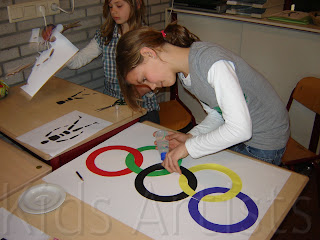 Start this lesson with the symbol of the Olympics: the colored rings. What do these rings mean? What colors do they have? How are they placed together?
Start this lesson with the symbol of the Olympics: the colored rings. What do these rings mean? What colors do they have? How are they placed together?
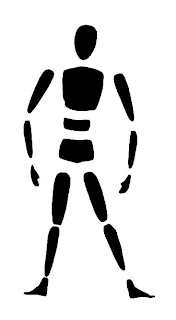
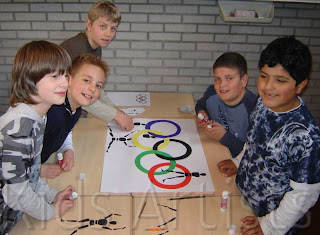 Step two:
Every student takes a copy of the body and cuts every part of it. Then these bodyparts have to be pasted around, in, behind and in front of the Olympic rings.
Step two:
Every student takes a copy of the body and cuts every part of it. Then these bodyparts have to be pasted around, in, behind and in front of the Olympic rings.















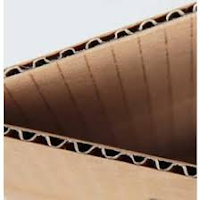












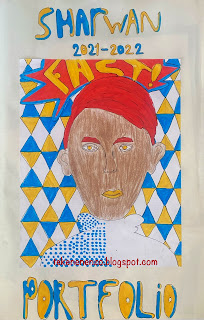



.jpg)
.jpg)






